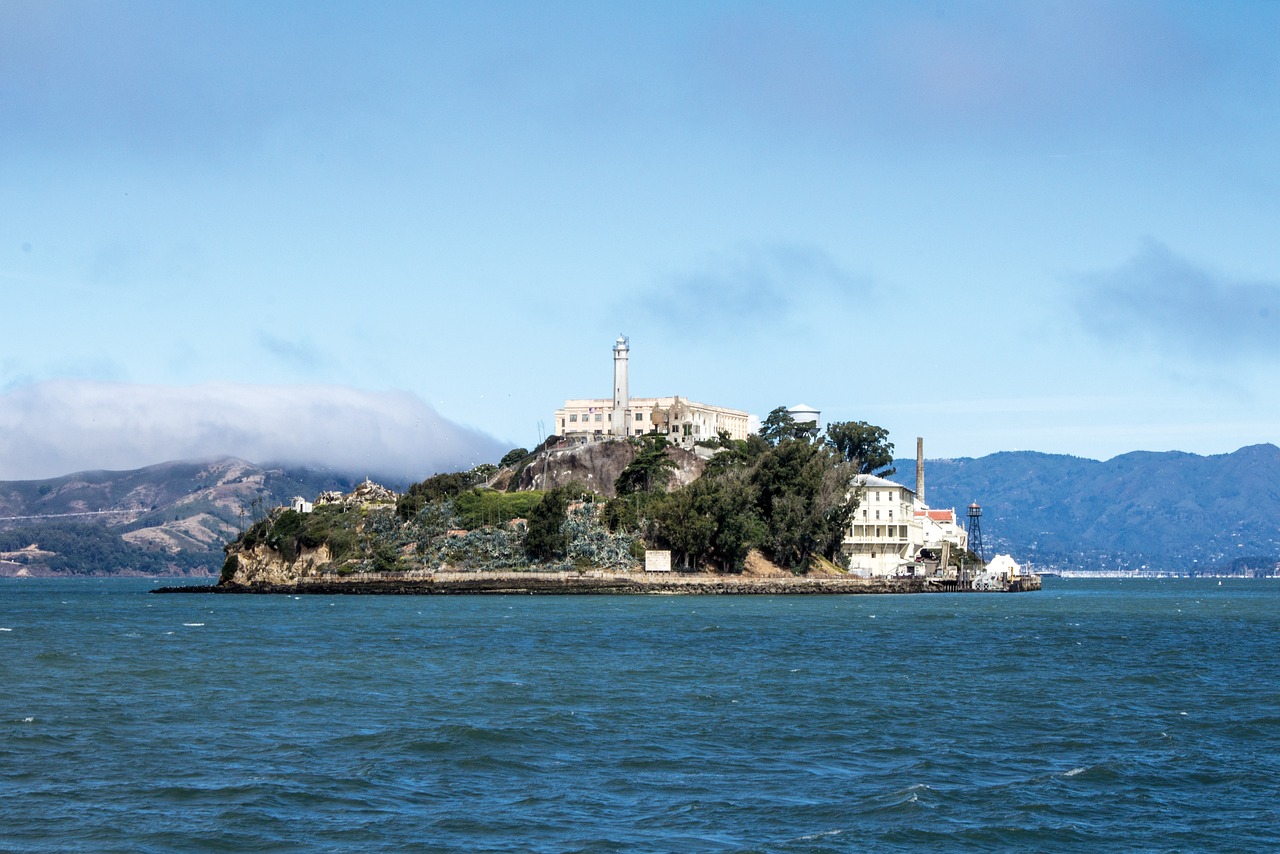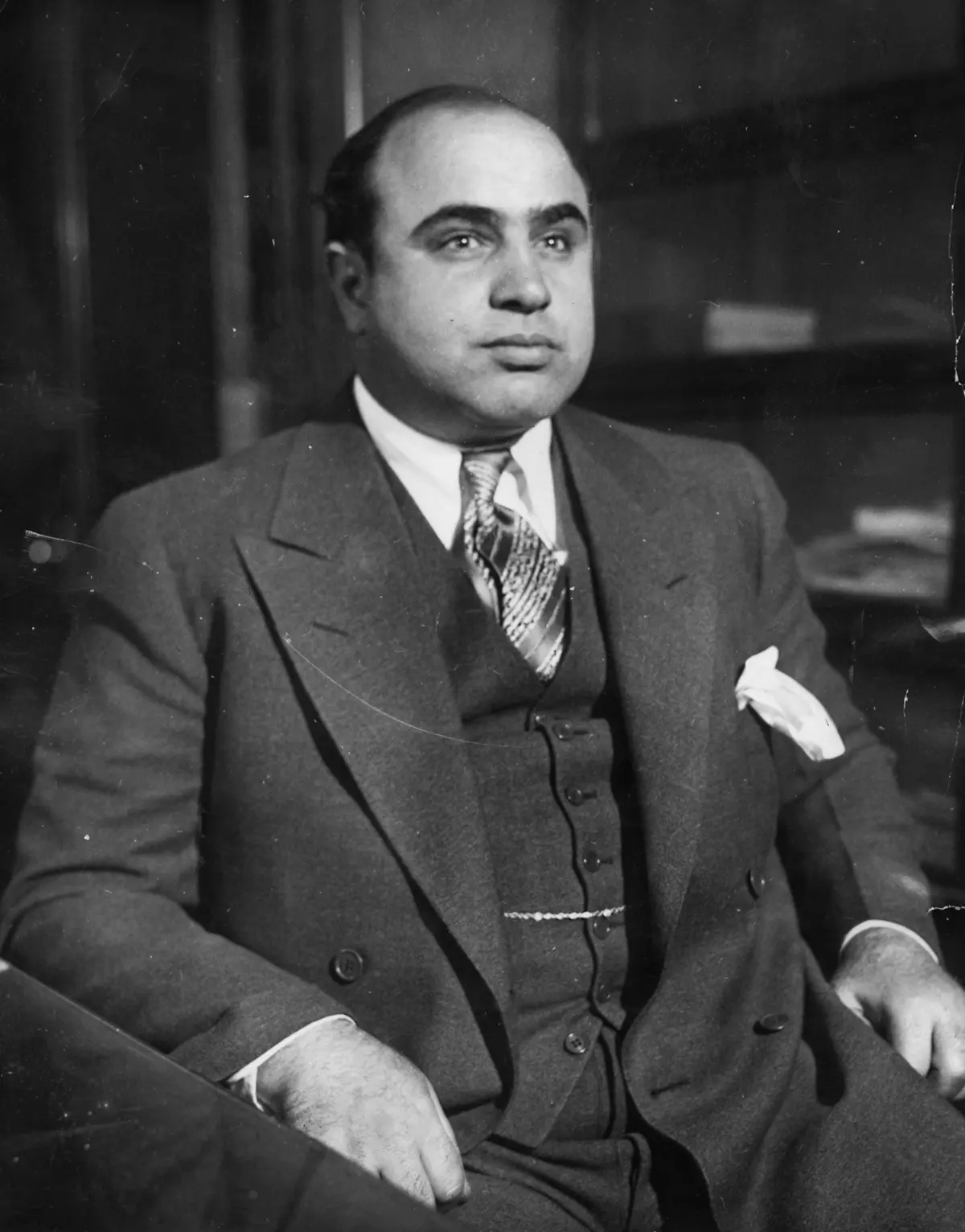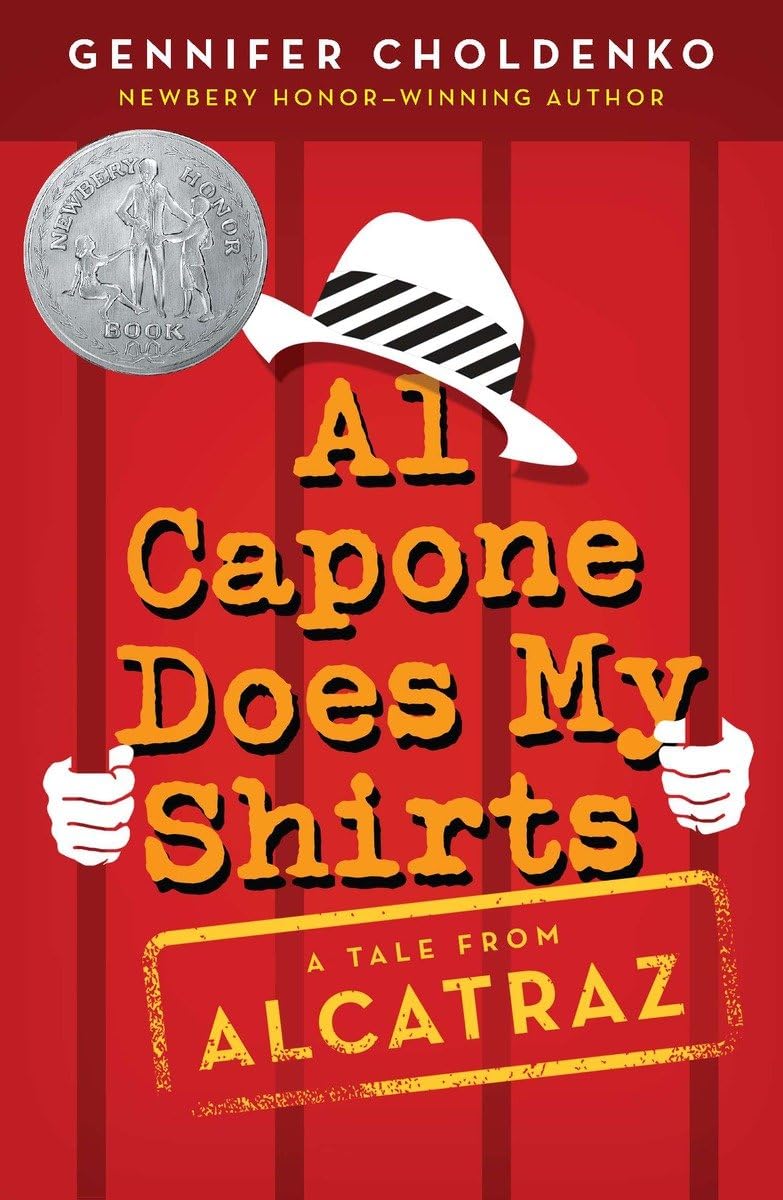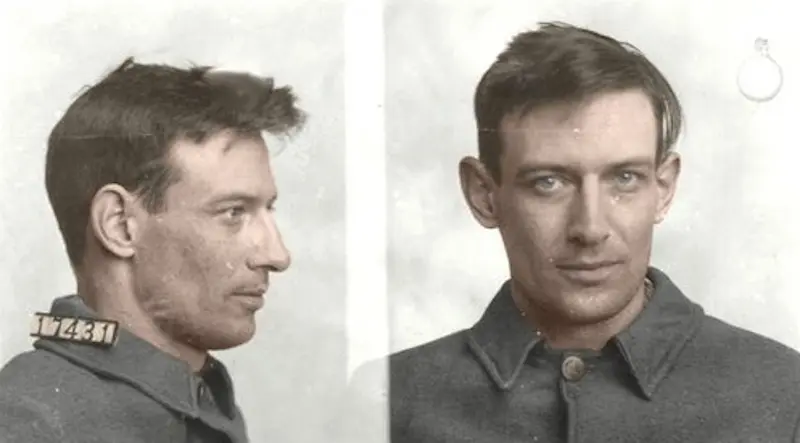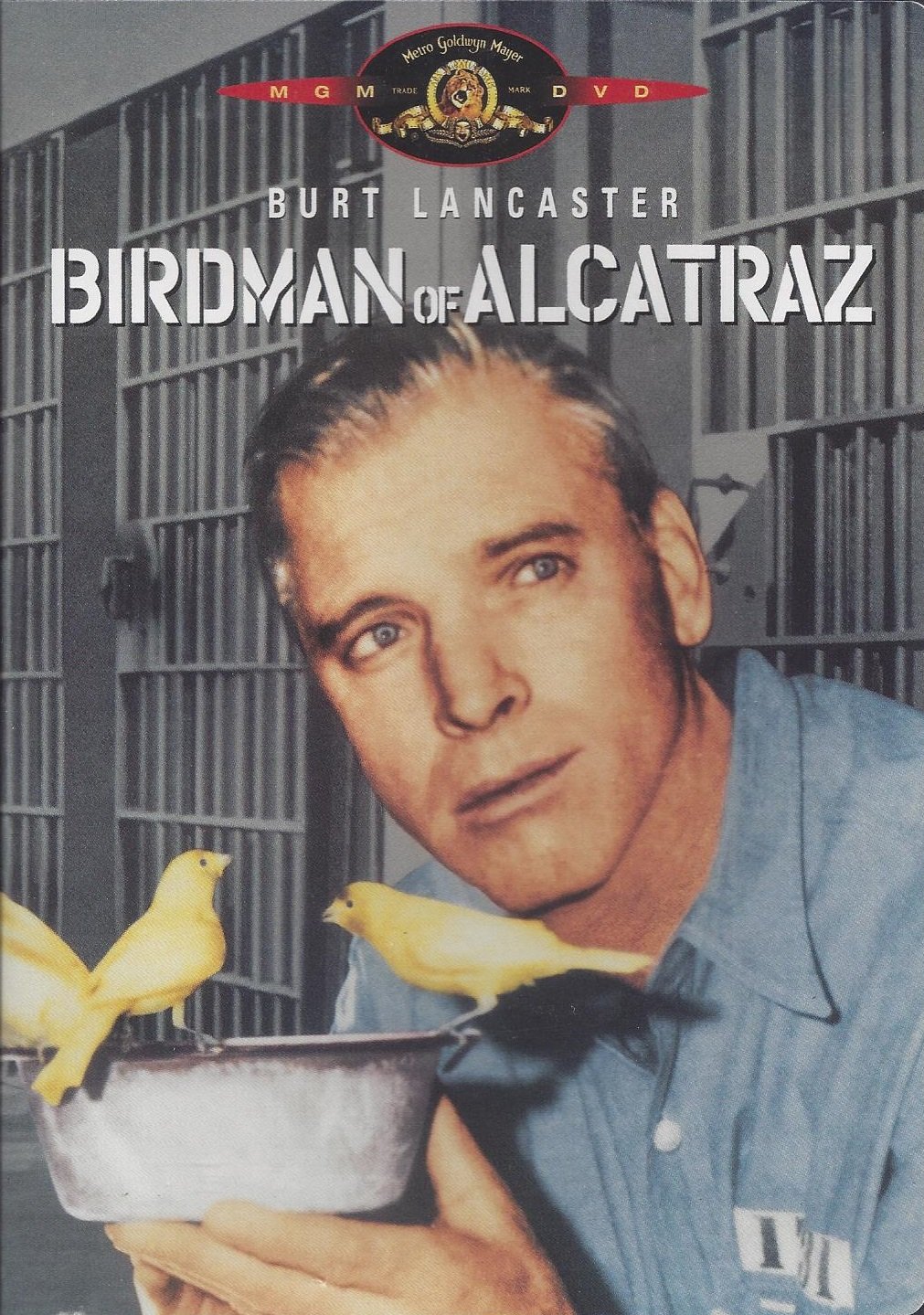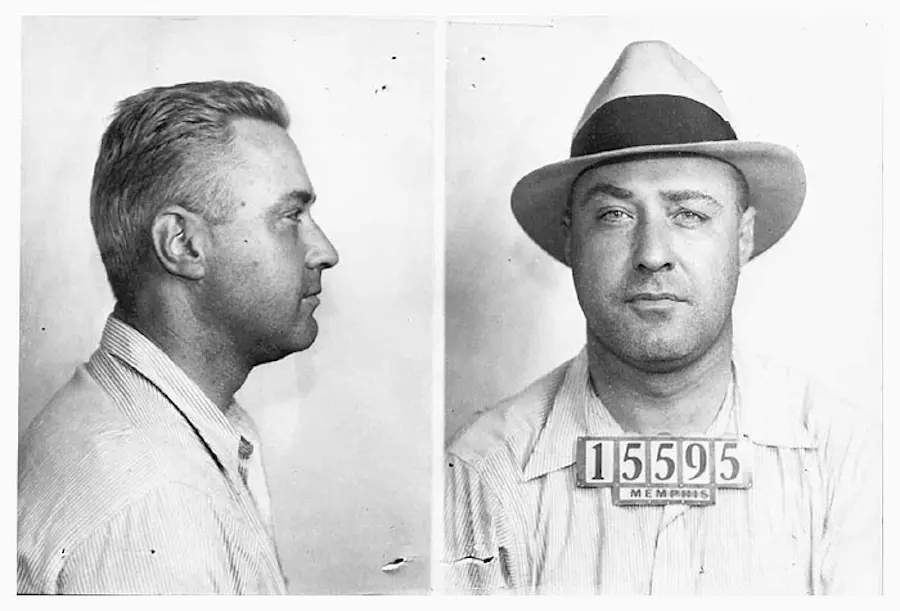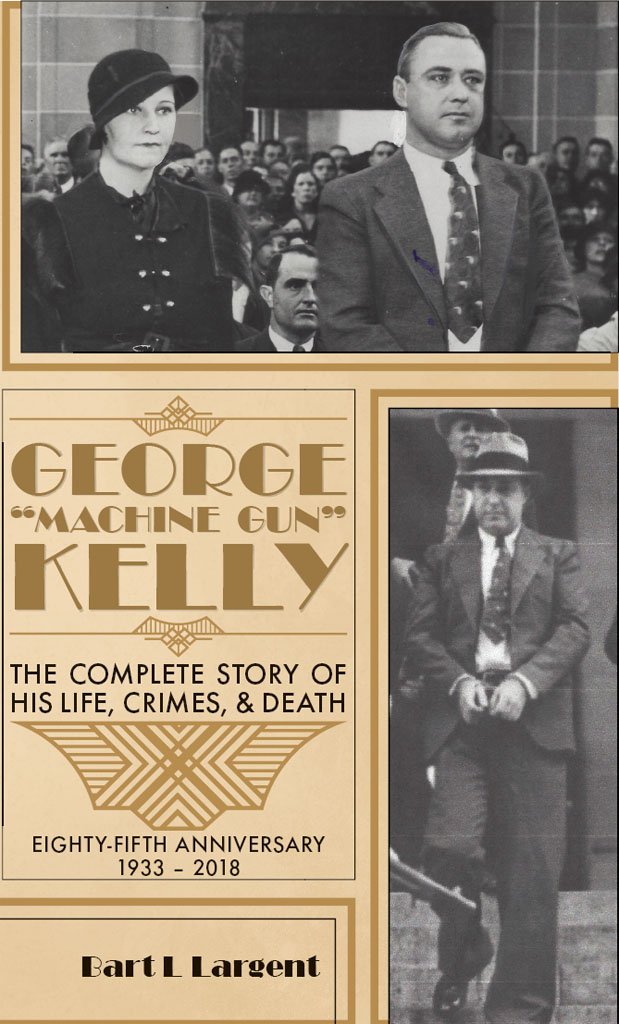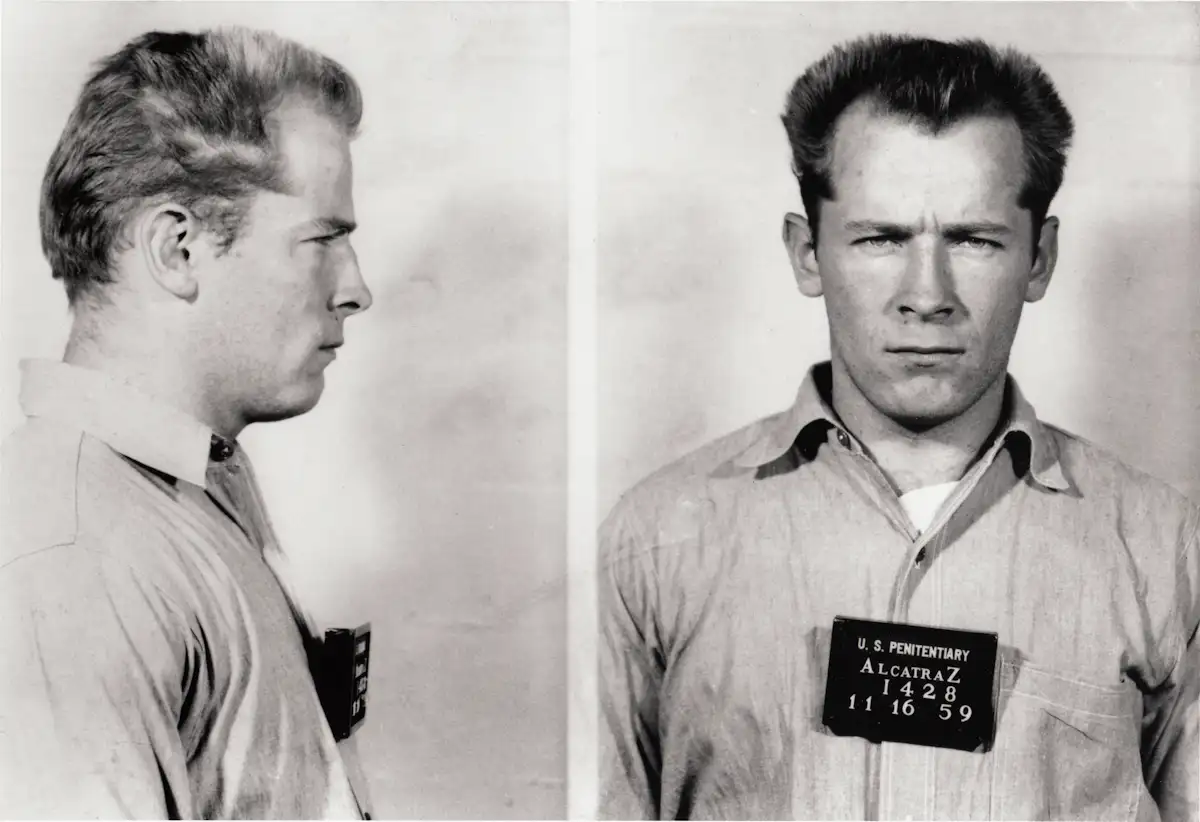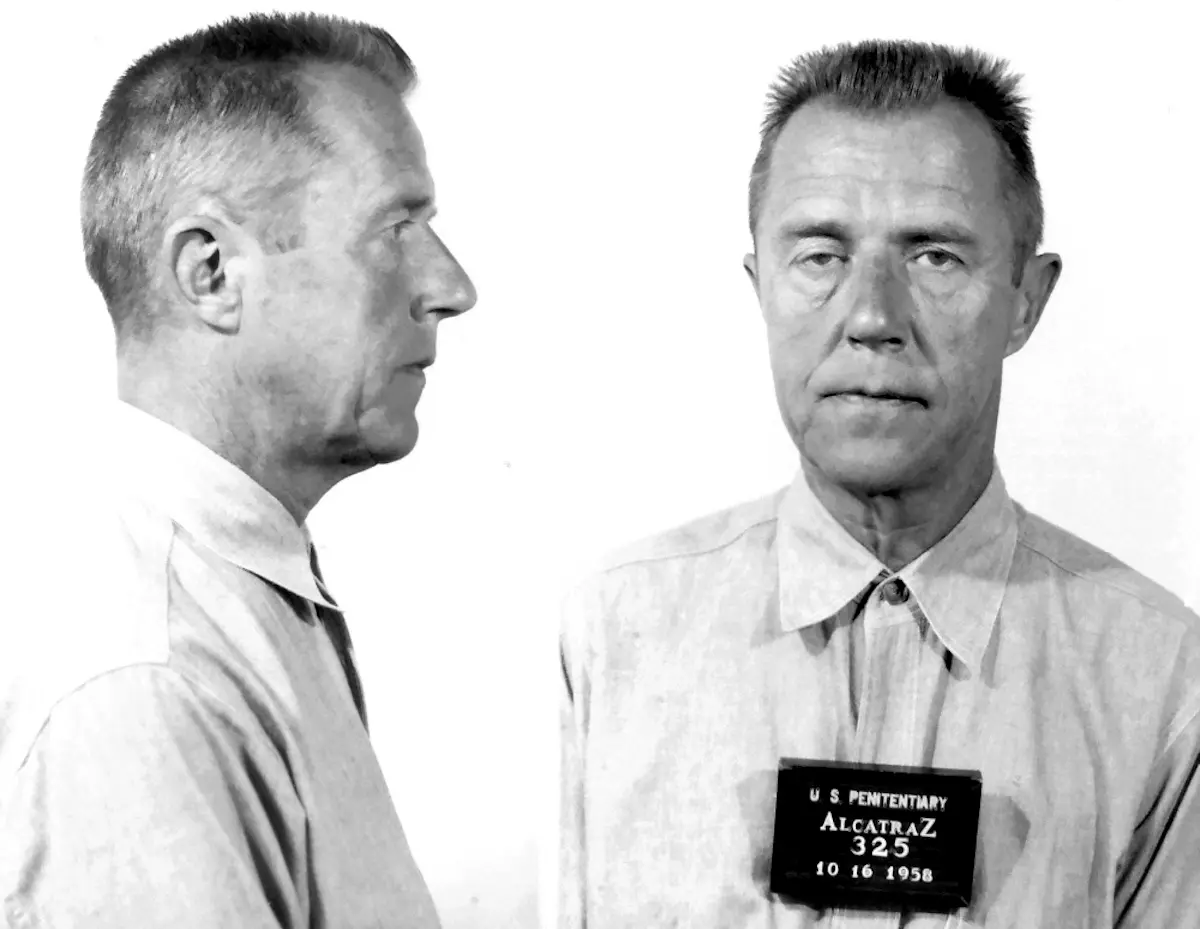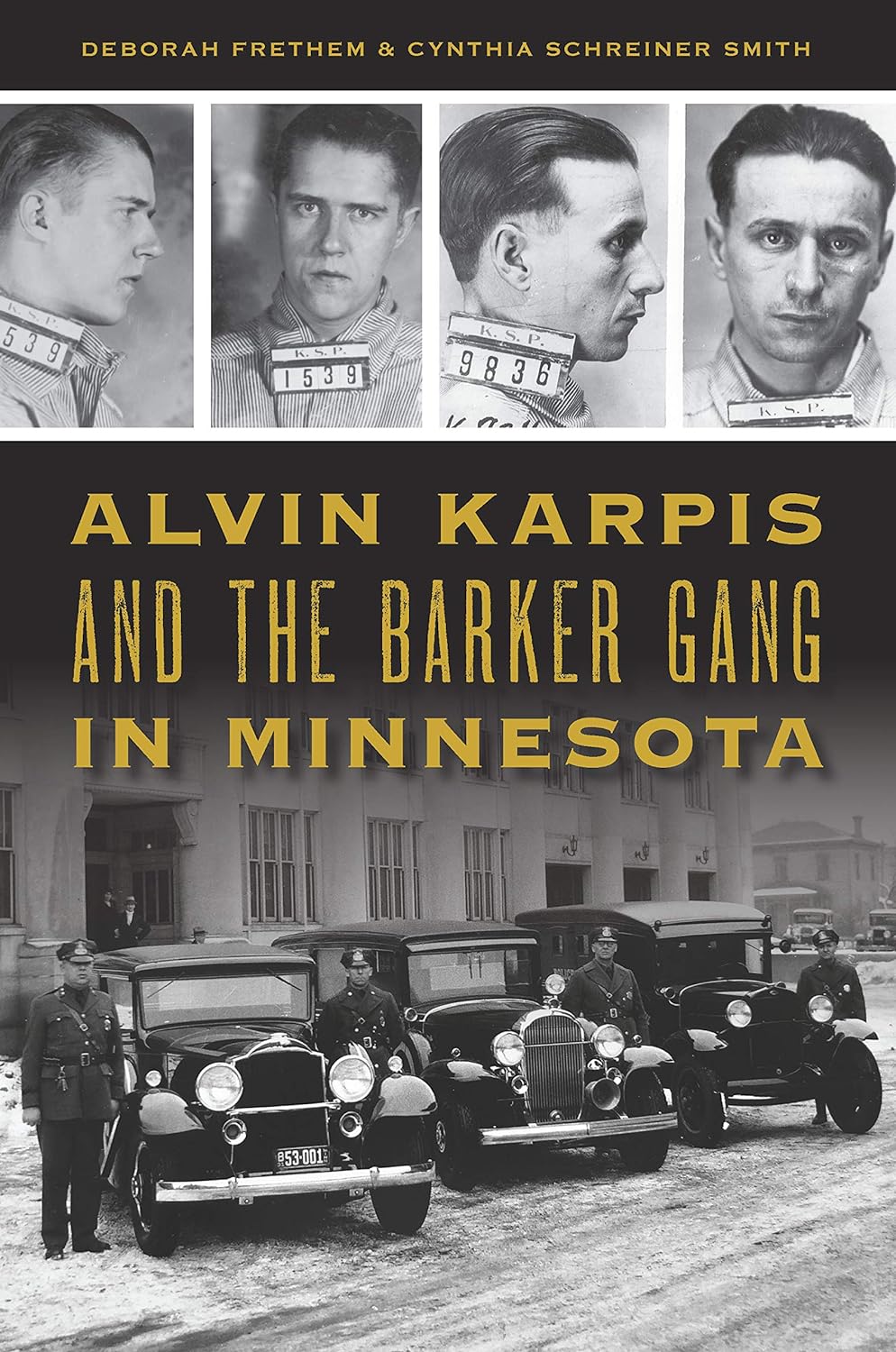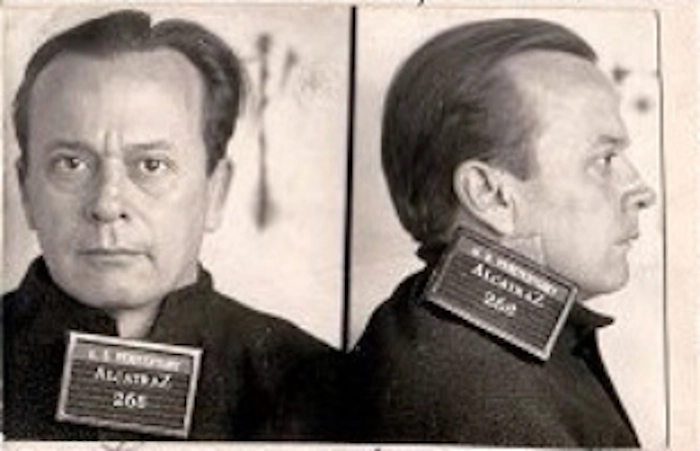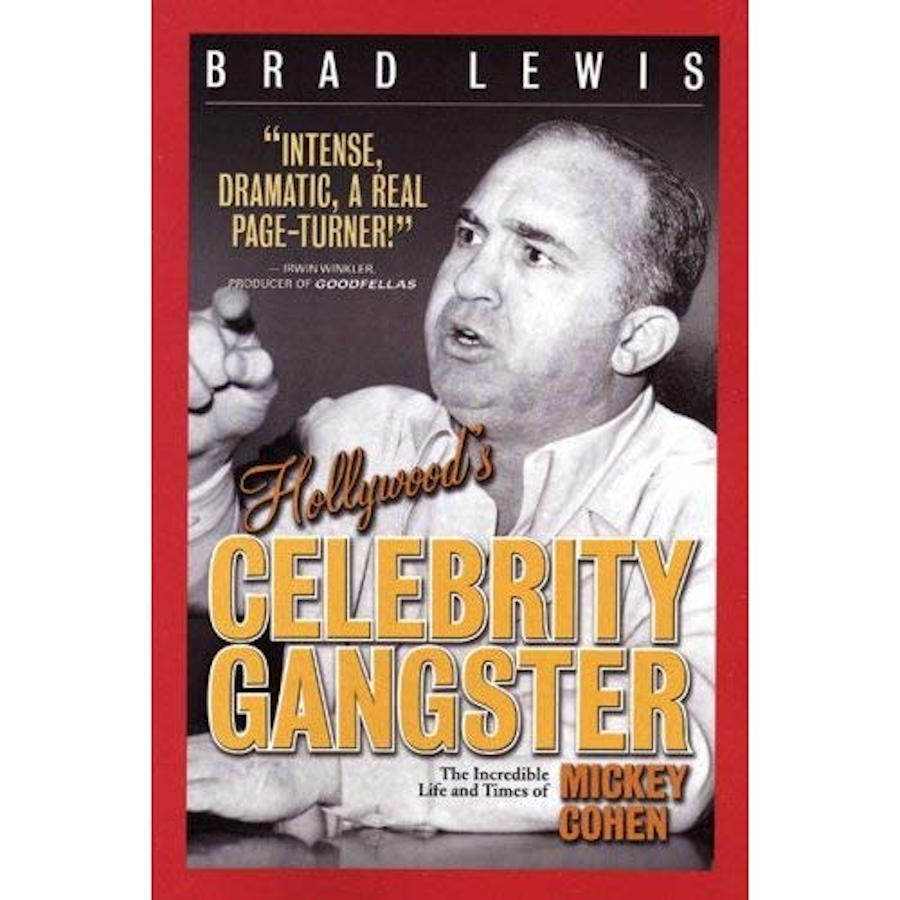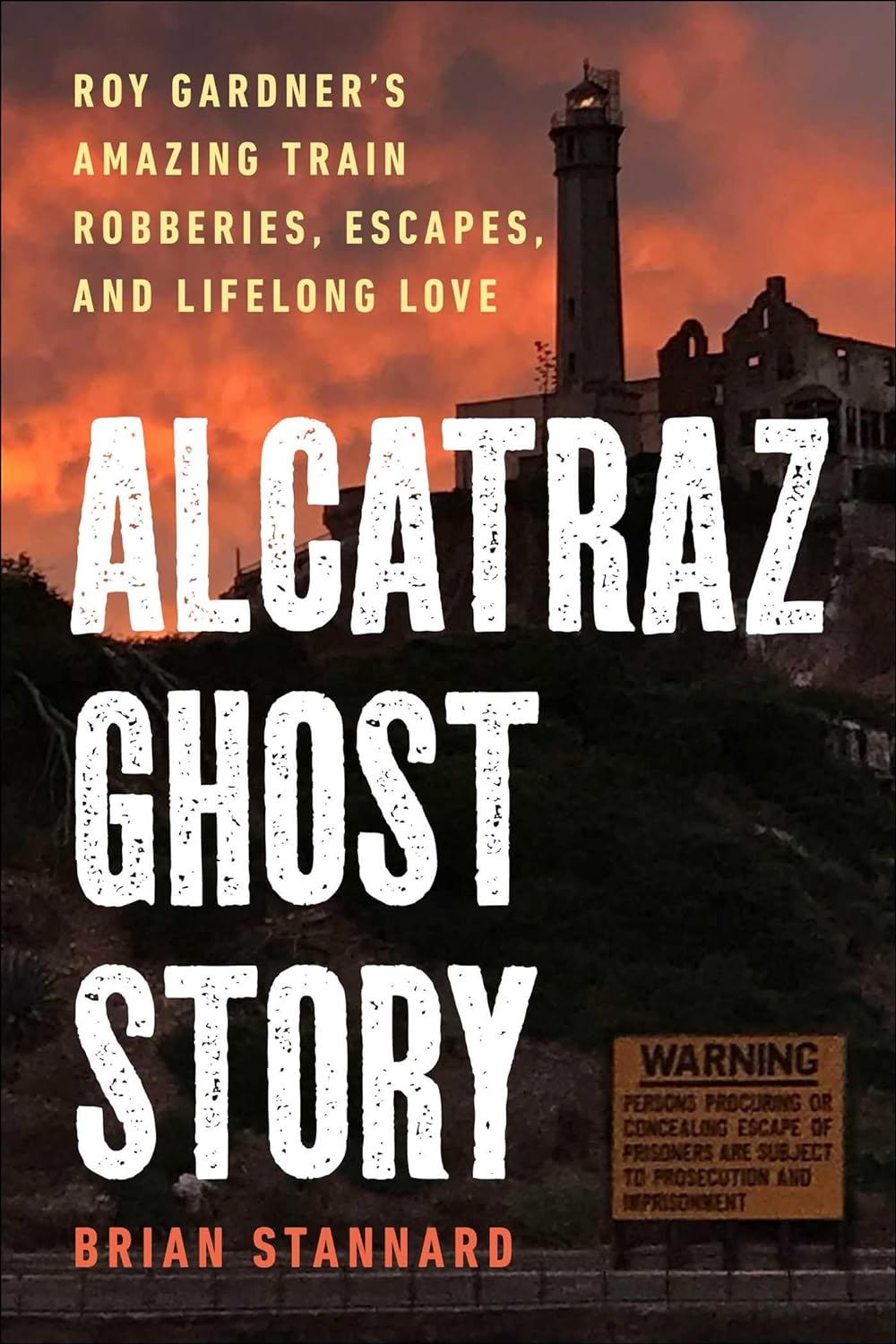- HOME
- PLACES
- San Francisco
- Alcatraz Famous Inmates
Alcatraz Famous
Inmates
Pacific Coast Highway dishes the dirt on Alcatraz's famous inmates, like the infamous Al Capone and the well-known Birdman, who never kept birds at Alcatraz!
One of the very best things to do in San Francisco is to visit and take a tour of Alcatraz. We absolutely loved it, definitely one of the highlights of our time in San Francisco.
The notorious federal prison is located on Alcatraz Island in San Francisco Bay, and you can book a range of tours at Fisherman's Wharf or here.
Alcatraz housed several famous inmates during its operational years from 1934 to 1963, and here they are.
Alcatraz Famous Inmates
Al Capone
Al Capone, born in 1899 in Brooklyn, New York, rose to infamy as one of America's most notorious mobsters during the Prohibition era of the 1920s. He became the leader of the Chicago Outfit, a powerful crime syndicate involved in bootlegging, gambling, and other illegal activities.
Capone's reign of crime brought him immense wealth and influence, earning him the nickname "Scarface" due to a facial scar from a fight.
However, his criminal empire eventually attracted the attention of law enforcement, and in 1931, he was convicted of tax evasion, serving an 11-year sentence. In 1934, Capone was transferred to the Alcatraz Federal Penitentiary, where he spent four years before being released on parole for good behavior in 1939.
During his time in Alcatraz, Capone's health deteriorated due to syphilis, and he struggled with the harsh conditions of the prison. Following his release, he lived quietly in Florida until his death in 1947.
Robert Stroud
Robert Stroud, known as the "Birdman of Alcatraz," was born in 1890 in Seattle, Washington. He gained notoriety for his life of crime, initially being incarcerated for manslaughter in 1909.
While serving time in Leavenworth Federal Penitentiary, Stroud developed a keen interest in birds, eventually becoming an expert ornithologist. Despite being transferred to Alcatraz in 1942 due to his violent behavior, Stroud's reputation as a bird enthusiast persisted.
In Alcatraz, Stroud was not allowed to keep birds in his cell. Instead, he continued his avian studies by writing two books on bird diseases and breeding. His notoriety as the "Birdman of Alcatraz" was largely due to the 1962 film starring Burt Lancaster, which portrayed him as a sympathetic figure.
Stroud spent a total of 54 years in federal prisons, including 17 years in solitary confinement. He died in 1963 at the Medical Center for Federal Prisoners in Missouri.
George "Machine Gun" Kelly
George "Machine Gun" Kelly, born in 1895 in Memphis, Tennessee, became one of America's most infamous gangsters during the Prohibition era of the 1920s and 1930s. He earned his nickname due to his association with the Thompson submachine gun and his involvement in various criminal activities, including bootlegging and bank robbery.
Kelly's criminal career reached its peak in 1933 when he and his wife, Kathryn Thorne, kidnapped oil tycoon Charles Urschel for ransom, a crime that garnered national attention. However, their plan unraveled, leading to Kelly's arrest in 1933.
In 1934, George "Machine Gun" Kelly was sent to Alcatraz Federal Penitentiary after being convicted of kidnapping. During his time on "The Rock," Kelly was kept under tight security due to his violent reputation. However, his time in Alcatraz was short-lived, as he was transferred to other prisons due to his compliant behavior. Kelly spent the rest of his life in various federal prisons until his death in 1954.
James "Whitey" Bulger
James "Whitey" Bulger, born in 1929 in Boston, Massachusetts, rose to prominence as a ruthless mobster and the leader of the Winter Hill Gang. Throughout the 1970s and 1980s, he controlled much of the organized crime in Boston, engaging in extortion, drug trafficking, and racketeering.
Bulger's criminal activities earned him notoriety as one of the most feared and powerful gangsters in New England. He operated with impunity for decades, aided by corrupt relationships with law enforcement and a network of informants.
In 1956, Bulger was sentenced to federal prison for bank robbery and other crimes. He spent time in several penitentiaries, including Alcatraz, where he served a portion of his sentence. However, his time on "The Rock" was relatively short compared to his overall criminal career.
After his release in 1965, Bulger resumed his criminal activities and rose to even greater prominence within the Boston underworld. In 1994, facing imminent arrest, he went into hiding and evaded capture for 16 years until his eventual arrest in 2011. Bulger was ultimately convicted of numerous crimes, including racketeering, and sentenced to life in prison, where he was murdered in 2018
Alvin Karpis
Alvin Karpis, born in 1907 in Montreal, Canada, became one of America's most notorious gangsters during the Great Depression era. He gained notoriety as the leader of the Barker-Karpis Gang, which carried out a string of bank robberies, kidnappings, and other violent crimes throughout the 1930s.
Karpis' criminal career reached its peak when he became Public Enemy Number One, a designation reserved for the most wanted criminals by the FBI. He was known for his cunning and ability to evade capture, earning him the nickname "Creepy."
In 1936, Karpis was finally apprehended in New Orleans and sentenced to life in prison for the kidnapping of a wealthy brewer. He was sent to Alcatraz Federal Penitentiary, where he became one of the prison's most infamous inmates.
During his time in Alcatraz, Karpis maintained a relatively low profile compared to other inmates, focusing on writing his autobiography and adjusting to the harsh conditions of the island prison. He spent nearly 26 years behind bars before being transferred to other facilities.
Karpis was eventually paroled in 1969 and deported to Canada, where he lived a quiet life until his death in 1979.
Arthur "Doc" Barker
Arthur "Doc" Barker, born in 1899 in Aurora, Missouri, was a notorious American criminal associated with the Barker-Karpis Gang during the 1930s. He was the son of Ma Barker, matriarch of the criminal Barker family.
Barker followed in his family's criminal footsteps, participating in bank robberies, kidnappings, and other violent crimes alongside his brothers. He gained notoriety for his involvement in the Union Station massacre in Kansas City in 1933.
In 1935, Barker was captured in Chicago after a shootout with the FBI. He was sentenced to life in prison for his role in the kidnapping of William Hamm, a Minnesota brewery owner. Barker was sent to Alcatraz Federal Penitentiary, where he became inmate number 268.
During his time in Alcatraz, Barker attempted several escapes and was involved in multiple incidents of violence, earning him a reputation as a dangerous inmate. Despite his efforts, he remained incarcerated until his death.
In 1939, Barker was killed during an attempted escape from Alcatraz, shot by guards as he tried to scale the prison walls.
Where to Stay in San Francisco
Mickey Cohen
Mickey Cohen, born in 1913 in Brooklyn, New York, rose to prominence as a notorious gangster and organized crime figure in Los Angeles during the mid-20th century. He initially started as a small-time hoodlum before aligning himself with prominent mobsters such as Bugsy Siegel.
Cohen became deeply involved in various criminal activities, including illegal gambling, extortion, and racketeering. He quickly gained a reputation for his violent tactics and ability to evade law enforcement.
In 1949, Cohen was convicted of income tax evasion and sentenced to 15 years in federal prison. He served part of his sentence at Alcatraz Federal Penitentiary before being transferred to other facilities due to his status as a high-profile inmate.
Upon his release in 1955, Cohen returned to Los Angeles and continued his criminal endeavors, although his power began to wane as law enforcement intensified efforts to dismantle organized crime in the city.
Cohen's notoriety persisted, and he remained a prominent figure in the underworld until his death in 1976. Despite his criminal activities, he maintained a degree of celebrity status, immortalized in popular culture through books and films depicting his life of crime.
Roy Gardner
Roy Gardner, born in 1884 in California, was a notorious criminal known for his daring train robberies during the early 20th century. Gardner's criminal career began with small-time thefts but escalated to train robberies, earning him the moniker "King of the Escape Artists" for his numerous successful jailbreaks.
In 1920, Gardner's luck ran out when he was captured after a
failed train robbery attempt. He was convicted and sentenced to serve 25 years
in federal prison. Gardner became one of the first inmates of the newly
established Alcatraz Federal Penitentiary in 1934, known for its high-security
measures and formidable reputation.
During his time in Alcatraz, Gardner made several escape attempts, including one notable effort in which he used a makeshift gun to overpower a guard and scale the prison walls. However, his attempts were thwarted, and he remained behind bars.
In 1938, Gardner was transferred to McNeil Island Federal Penitentiary, where he served the remainder of his sentence. Upon his release in 1947, he attempted to lead a lawful life but struggled to find employment due to his criminal past. Gardner ultimately died in 1940 under mysterious circumstances.
So there you have it - the lives of some the most famous inmates of Alcatraz!
Recent Articles
-
12 Stress-Free Pacific Coast Towns For A Weekend Retreat
Dec 13, 25 10:34 AM
From Seattle to San Diego, a wide variety of attractions draws visitors to the Pacific Coast. Yet, this part of the United States also has some great small towns with excellent attributes. From pictur… -
PCH Lane Reductions Will Be In Place This Week
Dec 03, 25 09:38 AM
Several lanes of Pacific Coast Highway will be shut down in Malibu overnight this week due to construction work. -
Ride the Pacific Coast Highway from San Francisco to L.A.
Dec 02, 25 09:42 AM
There are great road trips, and then there’s arguably one of the all-time finest, the Pacific Coast Highway, from San Francisco to San Diego, mile after mile of dramatic ocean views, rock formations a…
